Ah, spring.
A time to unleash our excitement for getting outside and tending our gardens, from sprawling acres in the country to smaller front and back yards in urban areas to downtown balconies. The pull of visiting nurseries to adopt new plants is a strong one and can be thrilling and overwhelming. But in our quest to enhance our spaces with all things bright and beautiful (thanks, James Herriot, for that timeless wording), it’s helpful to remember that our gardens are alive, teaming with microorganisms in the soil (we hope), various plants of all shapes and sizes and the myriad of animals they support.
When making choices at your nursery, you can greatly help your local birds, butterflies and other wild neighbours — and therefore our planet and ourselves — by keeping these points in mind:
Regionally Native Plants
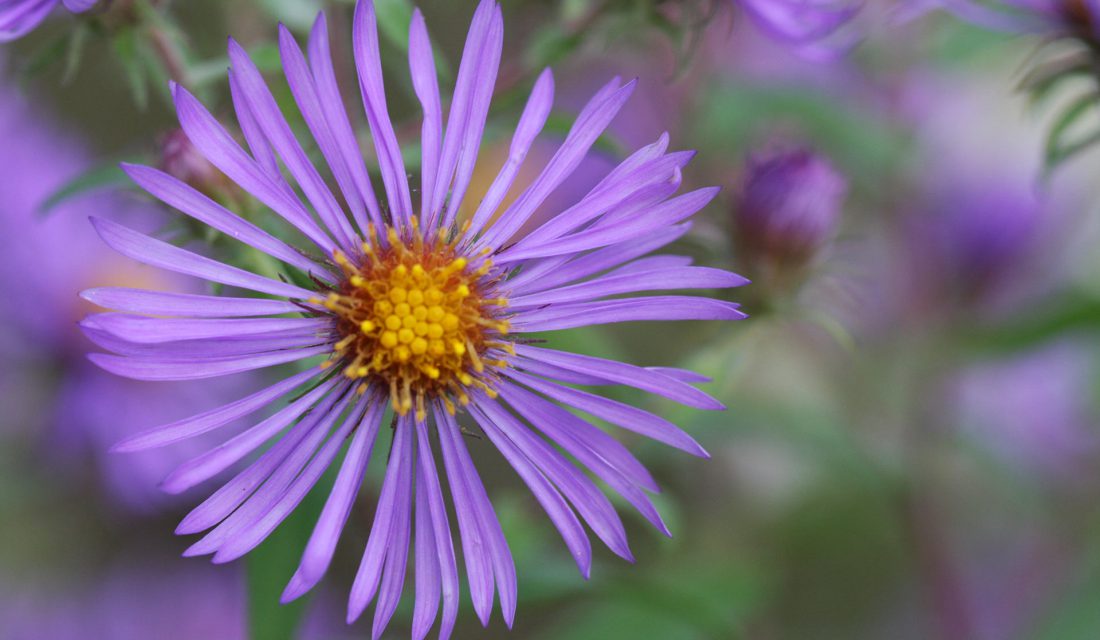
Add in some native plants to your area. Many pollinators, for instance, are specialists and rely on specific plants for their food. For example, Monarch Butterflies need milkweeds when in the larval (aka caterpillar).
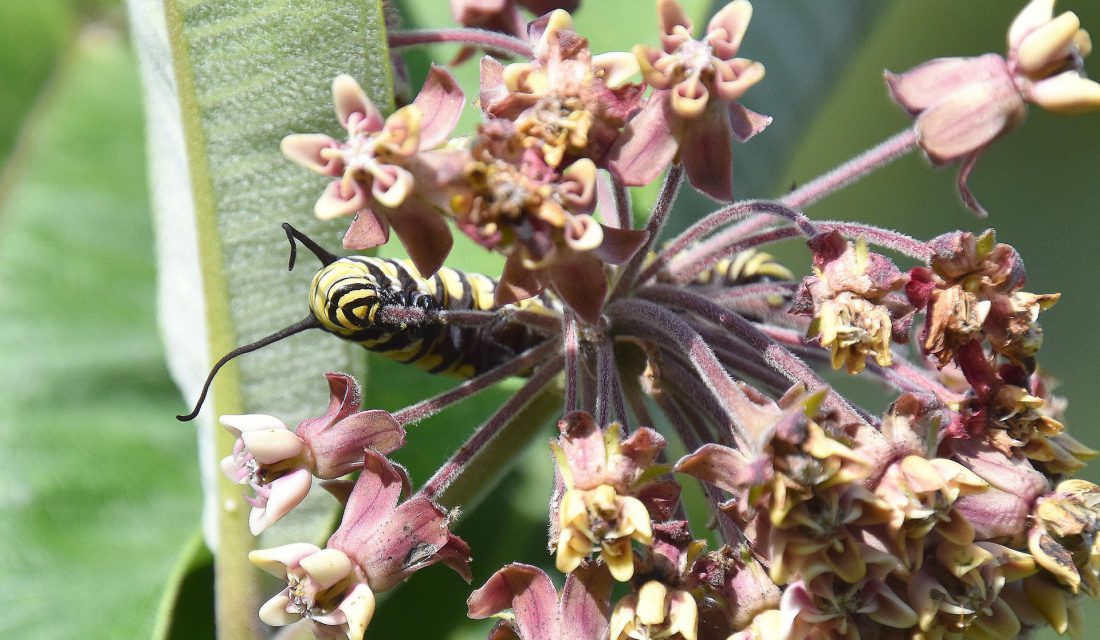
But other butterflies also have similar needs. You can find out more in our handout Gardening for Butterflies. Native shrubs are also important for birds who need the correct fat and sugar ratios to support their overwintering or migrating.
Invasive Plants
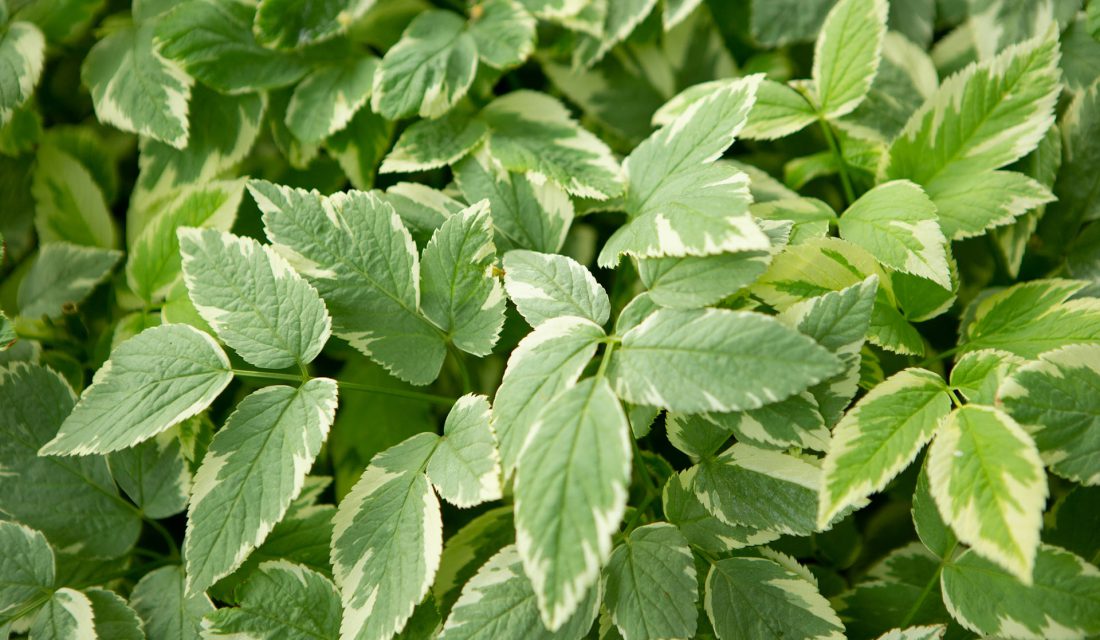
Another key point is avoiding invasive plants. They can spread so quickly that they invade natural areas and push out our native species. This has happened with the Norway Maple which has been pushing out our native maples and negatively affecting the wildflower, insect and bird populations that rely on our native maples. Why? Norway Maples were introduced less than 400 years ago which is not enough time for our insects to adapt to its chemical make up. This means that the birds we love to have in our gardens will not nest or feed there, as there is no food for them to eat. Many adult birds rely on insects and help keep a healthy balance, but many more birds must have thousands of insects to feed their young. Find out if a plant is considered invasive in your province >
Just for Show

Many people are surprised to find out that some plants look pretty but, as a result of over cultivation or hybridization, do not produce much or any nectar and/or pollen for pollinators. That also means they won’t produce berries or seeds for birds. While it’s important to have our favourite plants in our gardens, it’s best to ensure that most are fertile and can support the animals that are critical the well being of our world.
Pesticides
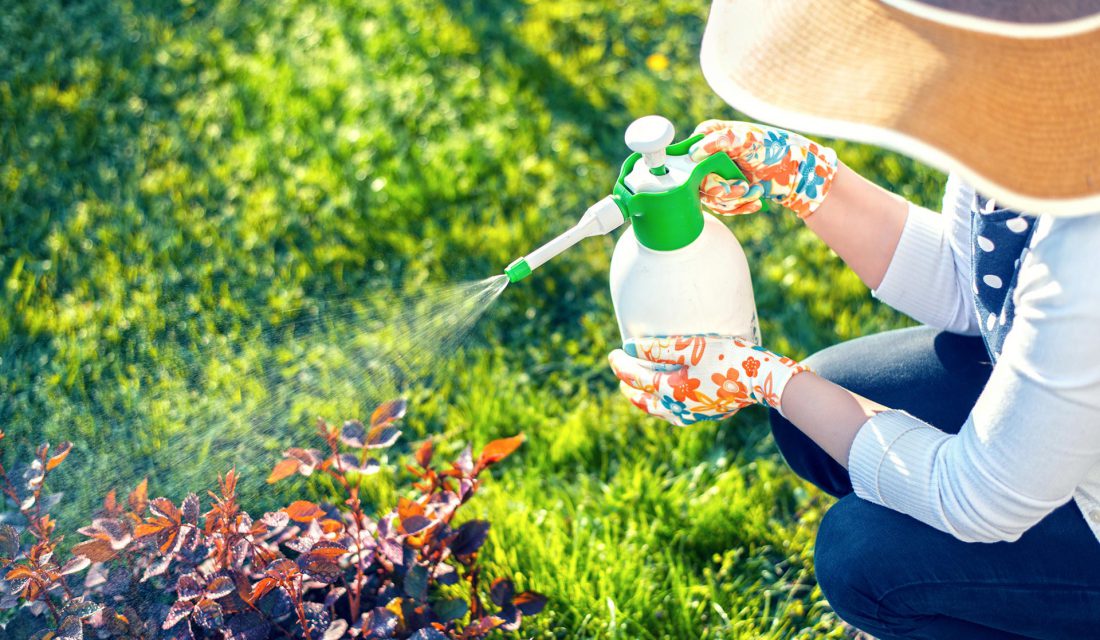 A final and critically important point to check for is that the plant was never treated with pesticides, in particular, neonicotinoids. Neonics, for short, are a group of pesticides that can greatly harm and often kill our pollinators. Even if only the seeds are treated with them, the chemicals can persist in the plant to the point of affecting its pollen and nectar.
A final and critically important point to check for is that the plant was never treated with pesticides, in particular, neonicotinoids. Neonics, for short, are a group of pesticides that can greatly harm and often kill our pollinators. Even if only the seeds are treated with them, the chemicals can persist in the plant to the point of affecting its pollen and nectar.
Ask garden centre staff if their plants were treated, either by them or their suppliers. This not only helps you avoid harmful plants but also raises awareness. By having customers indicate what is important to them, the industry will respond. It already has in other ways, such as gradually expanding the availability of native plants. Consumers have influence! Let’s use it to bring about great things.
Finding Plants
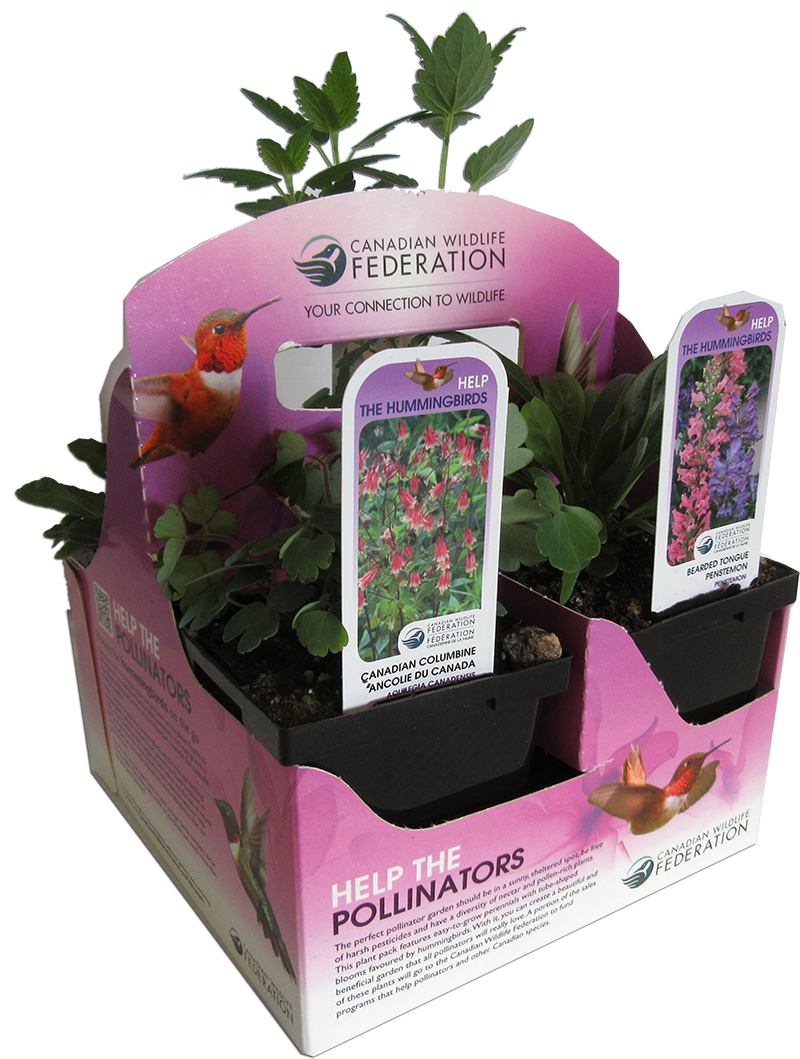 In the meantime, if you need a hand finding plants that are neonic-free, check out the Canadian Wildlife Federation’s line of plants sold at Home Depots across the country. There are several plant packs to choose from, although not all stores may carry the entire line. Find out more about the plants and where to find them >
In the meantime, if you need a hand finding plants that are neonic-free, check out the Canadian Wildlife Federation’s line of plants sold at Home Depots across the country. There are several plant packs to choose from, although not all stores may carry the entire line. Find out more about the plants and where to find them >
Sold out? You can also check out our Native Plant Supplier List, with nurseries across the country that sell native plants. Some sell natives along with other plants while other nurseries are dedicated entirely to supplying these critically important plants.



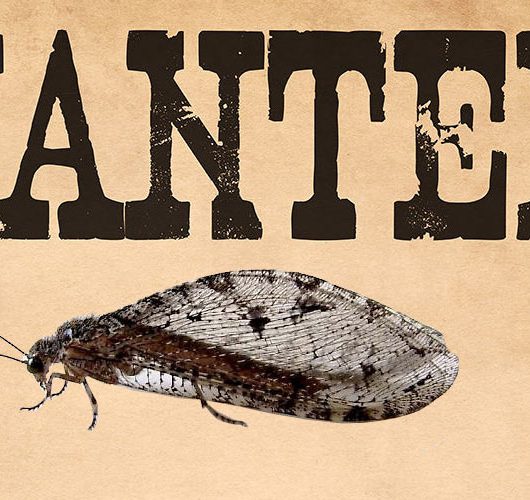
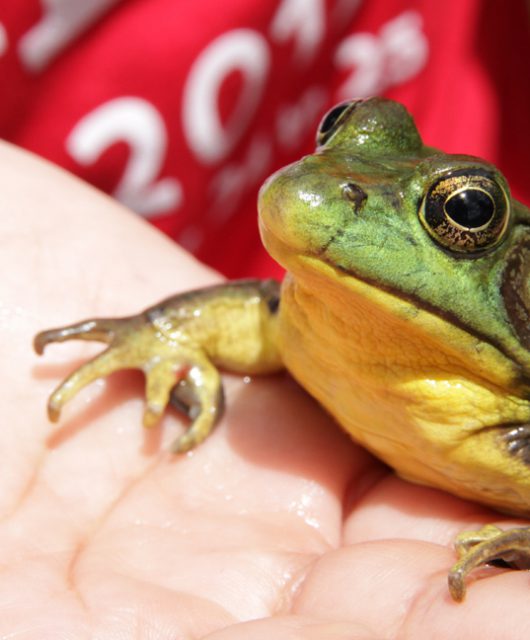
2 comments
Hi Sarah Coulber:
I hope all is well. I work for CTV and do a weekly gardening segment. I am interested in talking to you about the lakeside daisy. I reached out to some people at Misery Bay but have not heard back yet.
We could do the interview virtually via Zoom.
Please let me know.
Thanks,
Tony.
Hi Tony
Thanks! I have sent this to Sarah and we should get back to you shortly!